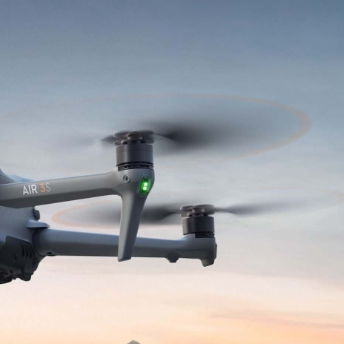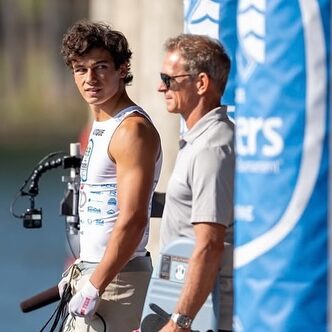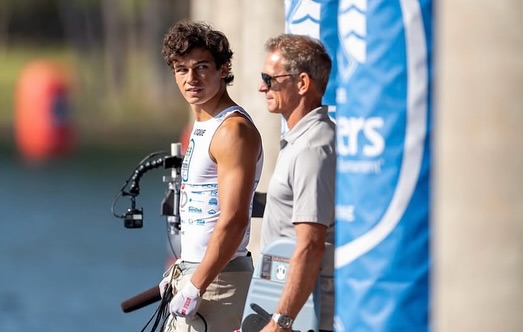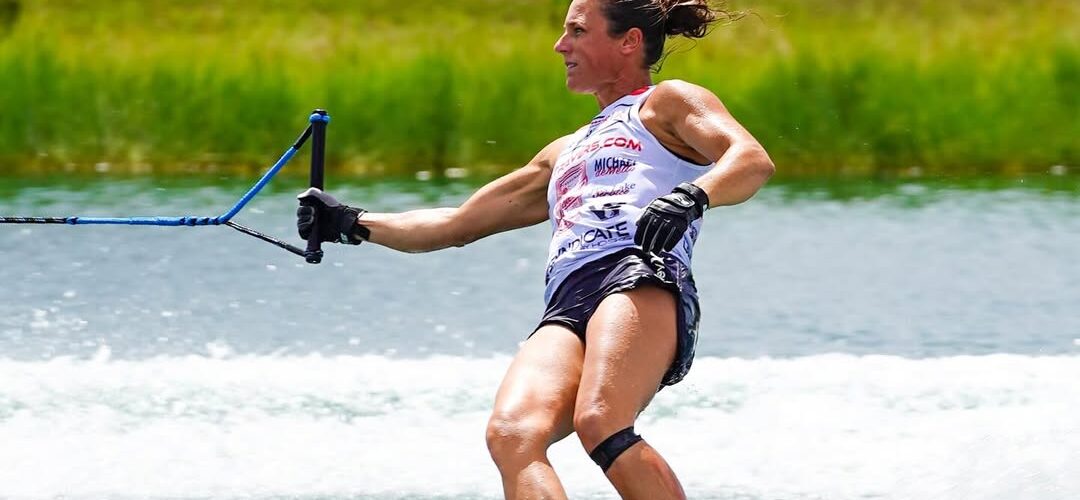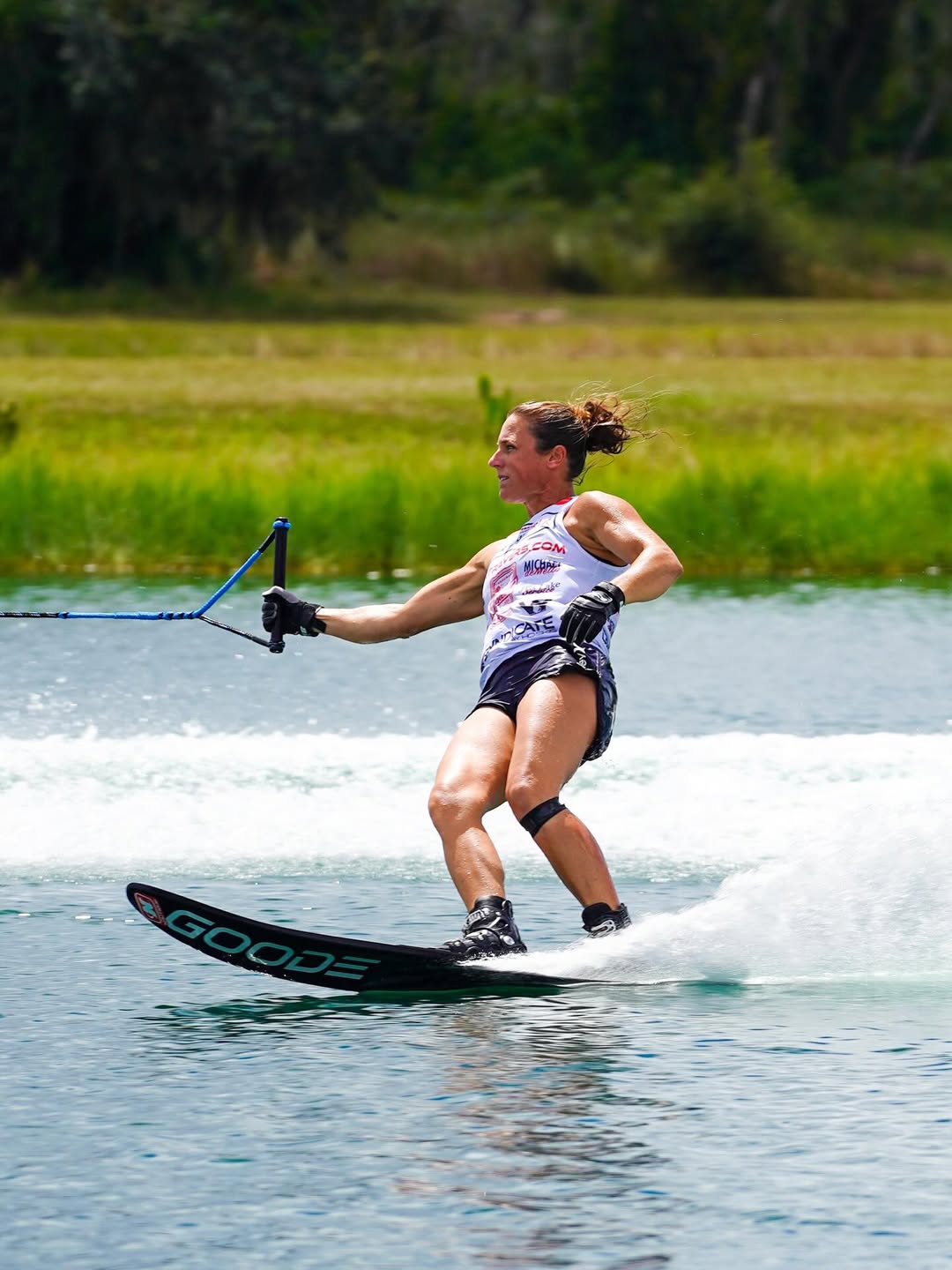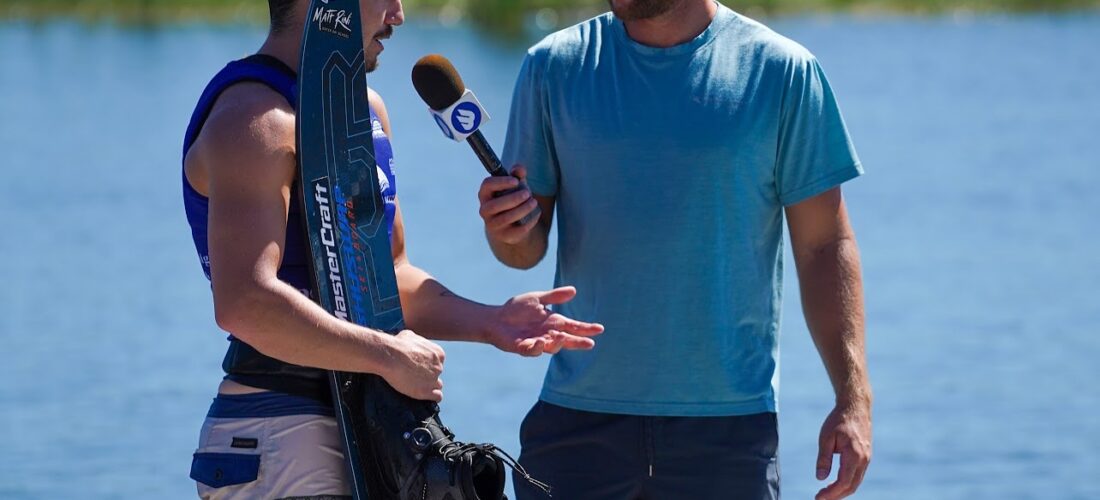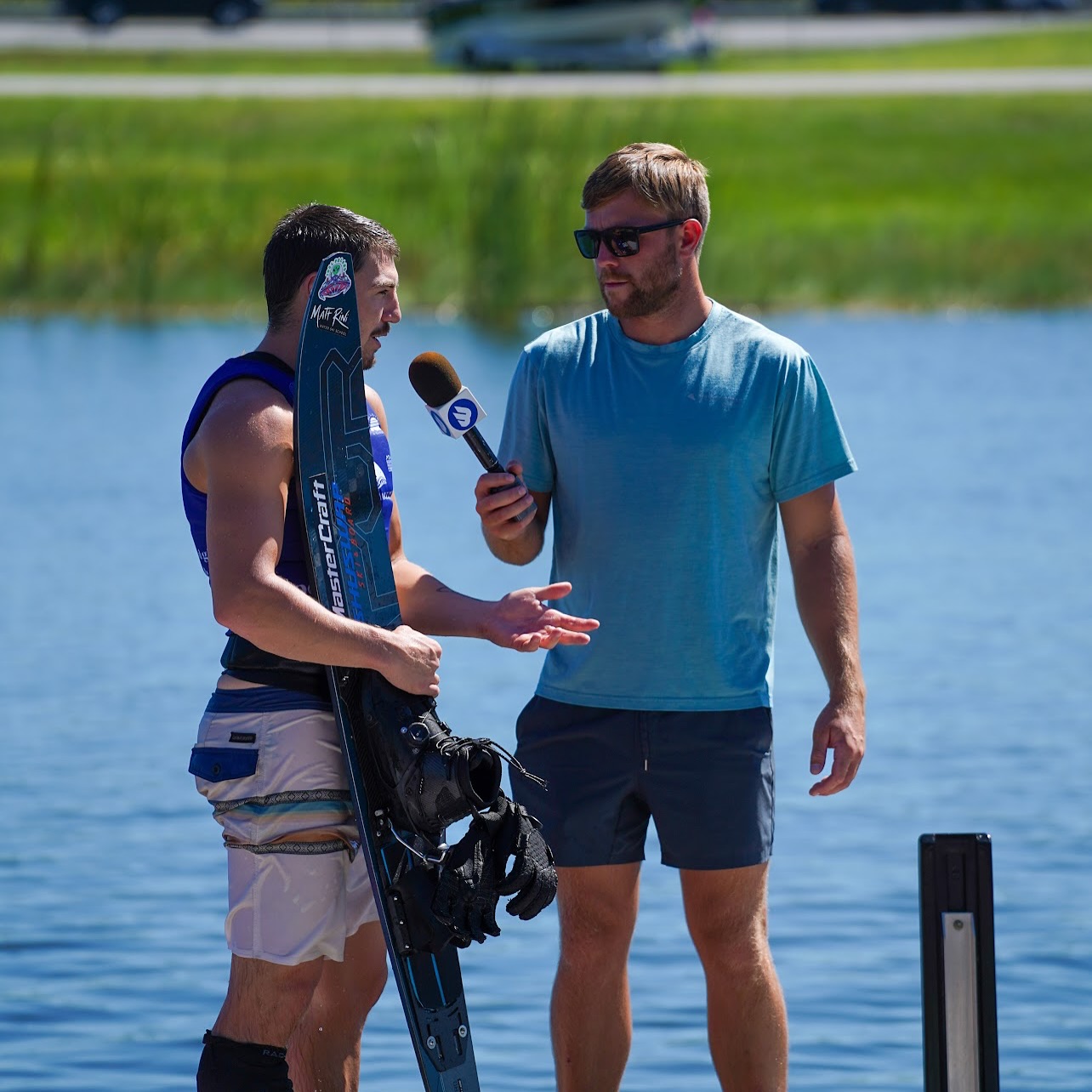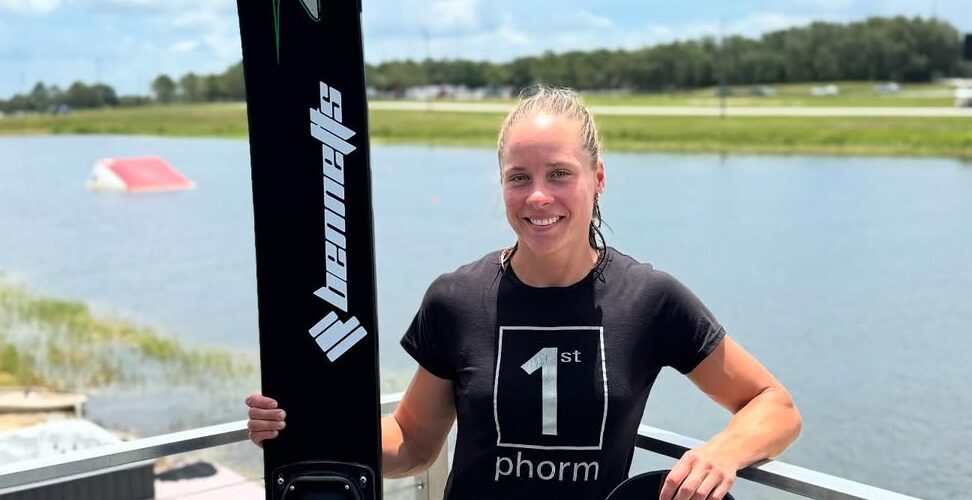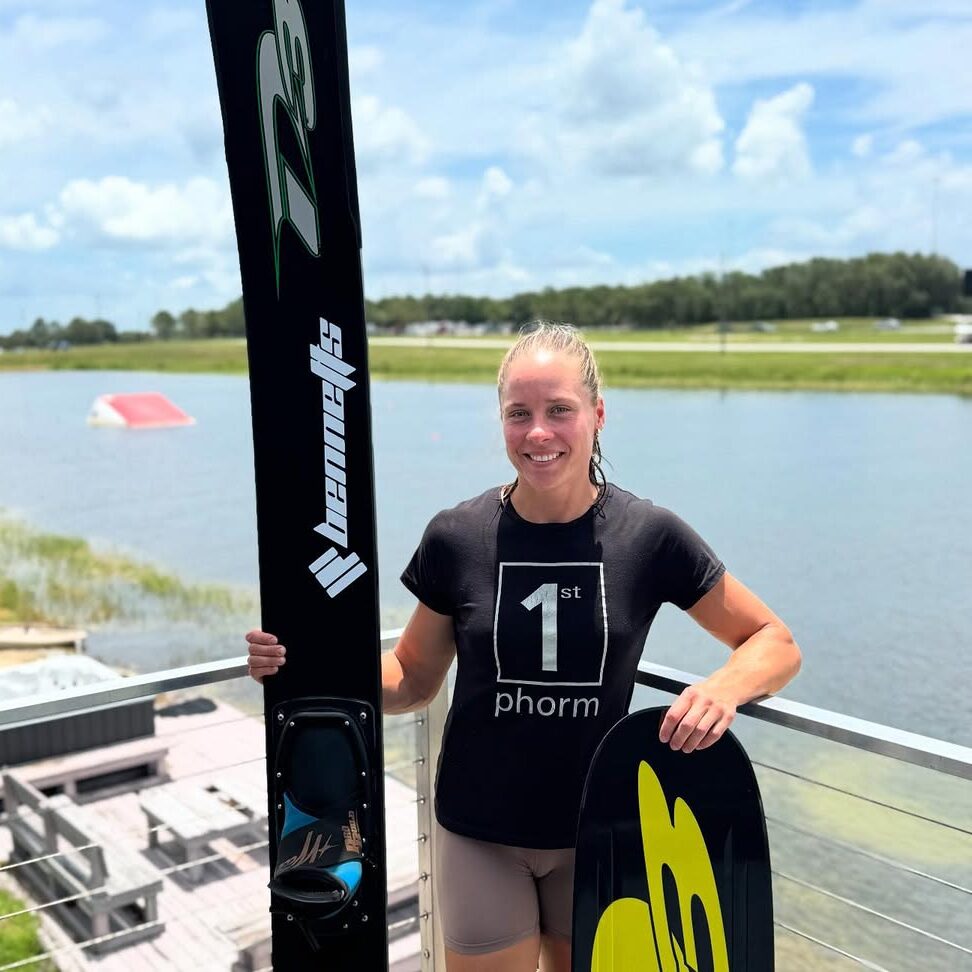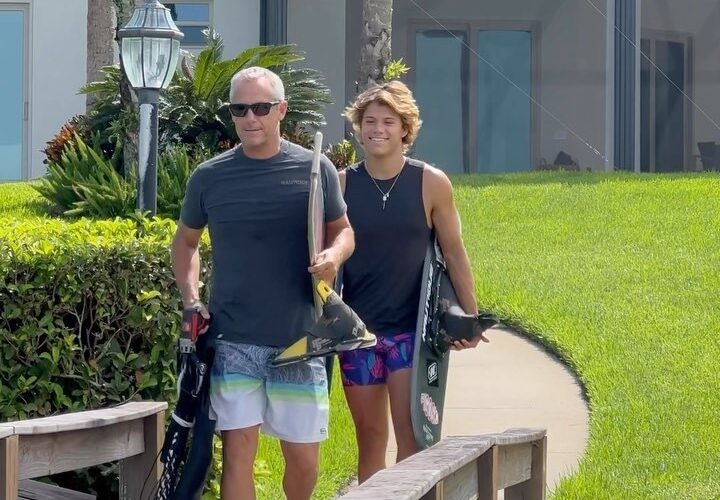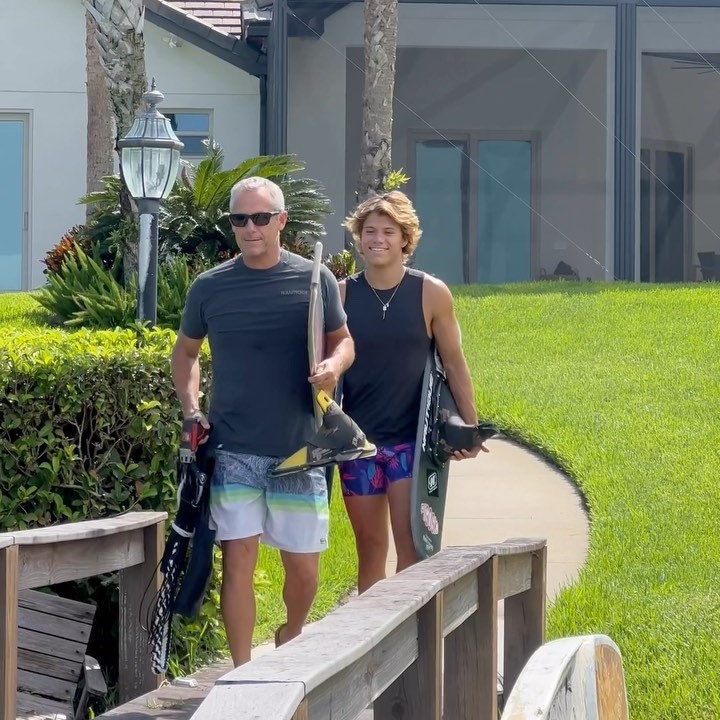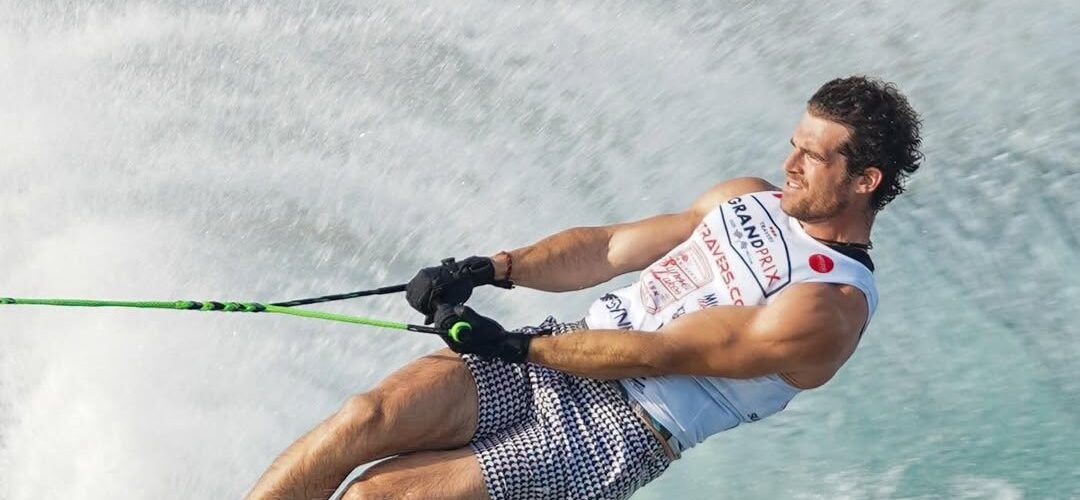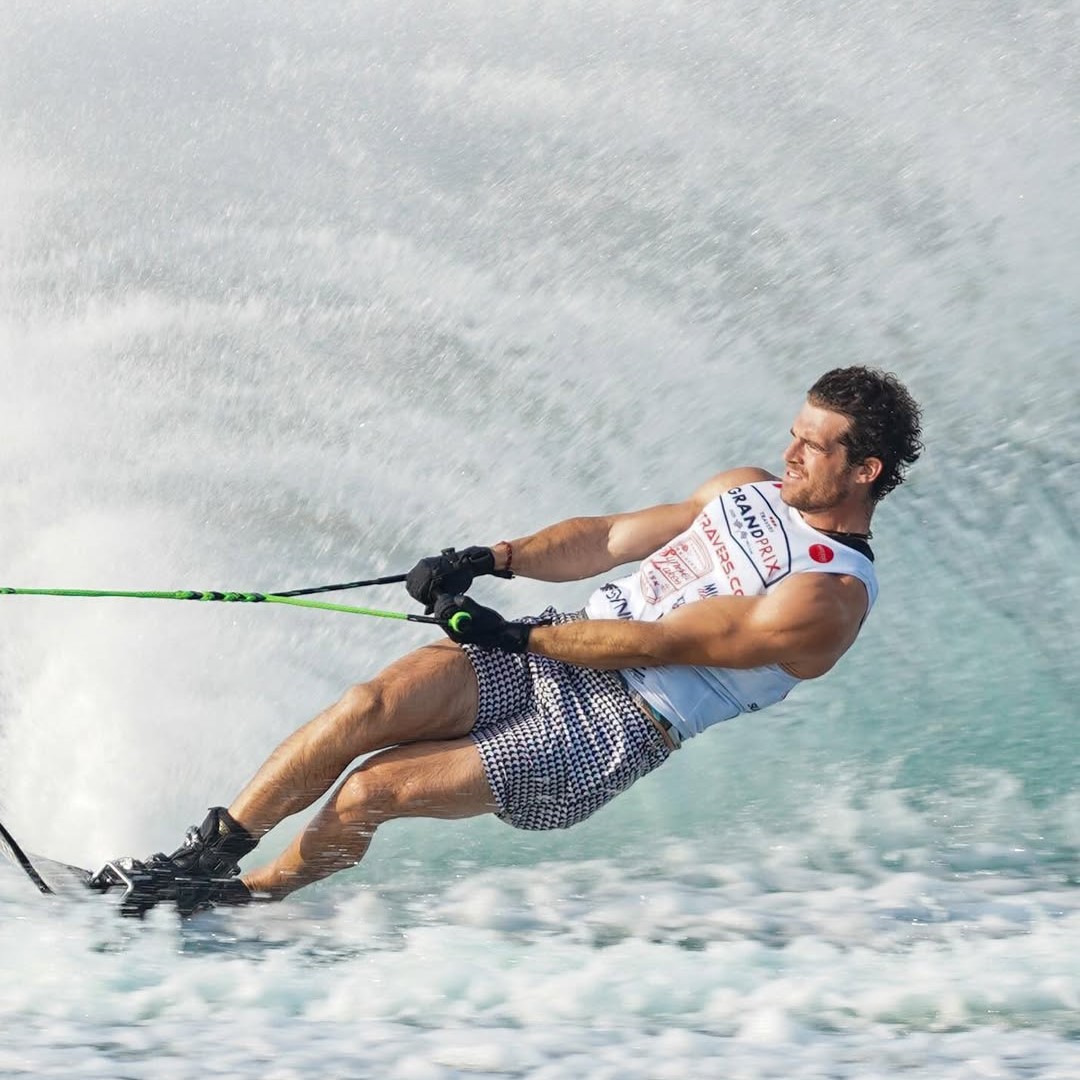Welcome to the water ski multiverse. We now live in a sport where everything is happening everywhere, all at once.
Many will ask whether a tiny, fractured niche sport really needed a third professional tour. Whether further splitting an already bloated and incoherent global calendar is remotely helpful. Whether everyone couldn’t just sit down, act like adults, and pull in the same direction for once.
But like it or not, the future is here. And for many pro skiers, it’s spelled N-A-U-T-I-Q-U-E.
For years, Nautique has been the lifeblood of elite skiing. They held the IWWF towboat contract for a decade—pouring hundreds of thousands of dollars into the federation. They kept the sport’s two crown jewels, the Moomba Masters and the U.S. Masters, alive through recessions, pandemics, and every imaginable governance meltdown. They’ve backed more athletes, more consistently, and more generously than anyone else.
And now, with their World Series of Water Skiing, they are injecting more money into professional skiing than all of the events on the Waterski Pro Tour and the WWS Overall Tour combined. It is the single largest investment in pro skiing in over twenty years.
Some in the sport cheered. Others felt the move like a bottle thrown across a quiet bar.
Because this is happening in a sport already stretched to breaking point. A sport where infighting and turf battles drain whatever oxygen remained. A sport that can’t agree on what its professional product is—let alone how to sell it.
The truth is that pro events have been propped up by private pockets, passion projects, and a politely disguised wealth-redistribution scheme in which the entry fees of lower-ranked skiers become prize money for the best. Everyone knows this. Everyone pretends not to.
In 2025, only ten skiers earned enough prize money to rise above the U.S. food-stamp line. Only five beat a full-time minimum-wage worker in Florida. That’s the economic reality behind the illusion of professionalism.
The Waterski Pro Tour was supposed to fix that. When it launched in 2021, it felt like a correction years overdue: athlete-led, narrative-driven, and structured enough to make sense of a notoriously incoherent landscape. For a moment, it worked. A wave of new events emerged. Those events gained legitimacy simply by being part of something bigger. Fans had a story to follow. Athletes had a season to chase.
But momentum disguised rot. The number of events rose, but prize money didn’t. More events meant less industry engagement, as limited marketing budgets were stretched thin. More weekends meant athletes couldn’t keep up. If you can’t make a living skiing—and you can’t—you need a day job. If you need a day job, you can’t chase tournaments across continents.
What emerged was a fractured field where some of the sport’s biggest names—Nate Smith, Regina Jaquess, Erika Lang—competed sparingly, their absences eroding the Pro Tour’s ability to crown a meaningful champion.
The Pro Tour needed substance, sponsors, and structure. What it had was a veneer: a brand lacquered over twenty-odd independent events, no real control over any of them, and no unified commercial product to sell.
Nautique is a company built on consolidation and control. It was never sold on the Pro Tour. They declined to include their flagship events from the outset and slowly leaned on the other events they sponsored to pull out one by one.
And so the World Series arrived. Without the IWWF towboat contract, Nautique needed a new platform to showcase their product—and suddenly had the budget to build it.
If the launch feels like a declaration of war, maybe it is. But history says progress rarely arrives without stepping on someone’s toes. In 1984, the Coors Light Water Ski Tour was born into a similarly scattered landscape. Over the prior decade, volunteers had pieced together a loose constellation of pro events across the United States. Then MasterCraft’s CEO launched an organized, centralized Tour. The American Water Ski Association fought it. They even tried to create a rival Tour in response. Some existing events joined the new Tour; others stayed outside and slowly faded.
We speak about that era with reverence now, but it was never universally adored. Long-running events went bankrupt under its competitive shadow. The Masters was dragged into professionalism kicking and screaming. Governing bodies resented losing control. And twice in the 1990s, athletes built rival tours out of frustration.
Yet through that conflict, skiing soared. The bull-in-a-china-shop approach taken by Rob Shirley and his successors put the sport on the map.
The parallels to Nautique’s move are almost uncomfortable. A single manufacturer launching a well-funded circuit. Independent events overshadowed. A governing body uneasy about losing control. A sport caught between centralization and chaos.
The significance of Nautique’s new tour isn’t the number of events. It’s the caliber. Five stops with genuinely deep prize pools and the full weight of Nautique’s athlete roster behind them will dominate the season. These will be the strongest fields, the highest stakes, the tournaments with consequences. That’s a new center of mass in a small universe. The kind of gravity that rewrites every orbit.
And for the Waterski Pro Tour, it means being nudged toward the cold edge of the map. Signs of strain have already surfaced: burnout among leadership, stalled content, a shrinking calendar. A schedule that risks becoming a regional slalom series, not a global showcase. Losing the sport’s most important events doesn’t kill the Pro Tour, but it guts its claim to legitimacy.
None of this means Nautique’s series is a revolution. Four of its five events already existed and were already among the sport’s highest-purse stops. The real change is the branding, the consolidation, and the clarity of intent. Nautique has given a name—and a narrative spine—to the shadow circuit they’ve been running for half a decade.
The danger isn’t Nautique doing this. It’s the sport doing nothing else.
Because adding more events with prize purses that barely cover travel isn’t a strategy. It’s noise. Nautique wants fewer, bigger, richer. Quality over quantity.
Well, that’s not exactly true either. Nautique’s goal is simple: sell boats. They believe the best path to that is a closed circuit they control—one built around their pros, aspirational juniors, and even a revived Big Dawg series.
Time will tell how long the sport can survive with three competing tours. Whether the Waterski Pro Tour can stage a comeback. Whether Nautique’s World Series can capture fans’ imagination. Where the WWS Overall Tour fits in any of this.
But this is the part where someone usually promises that competition breeds innovation, that conflict is healthy, that chaos is just the prelude to clarity. Maybe. But it’s just as possible we’re watching the sport split into its separate realities for good—each with its own logic, its own loyalties, its own gravitational pull.
Nautique has drawn its line. The Pro Tour is wobbling on its axis. The rest of the sport is left choosing which version of the future it wants to believe in.
That’s the multiverse we live in now.
And like any multiverse, only one timeline survives.


